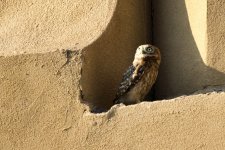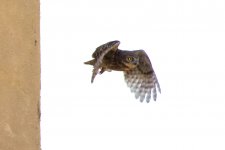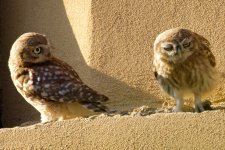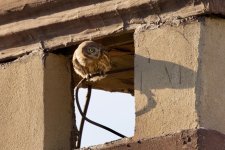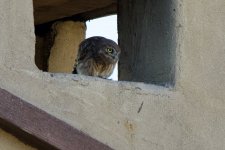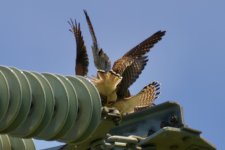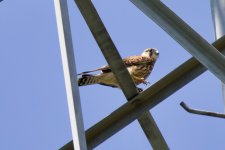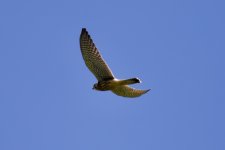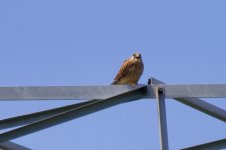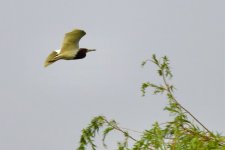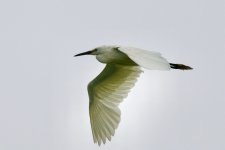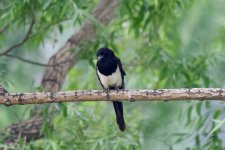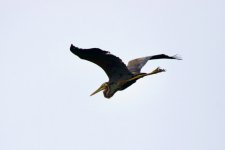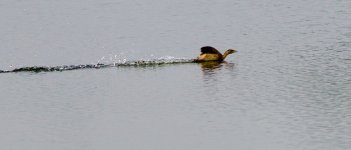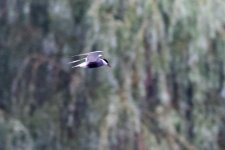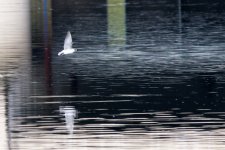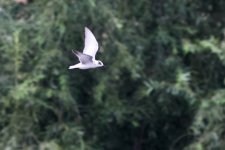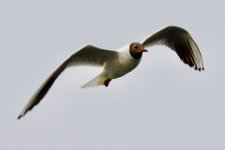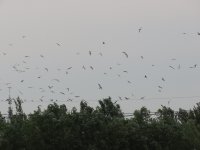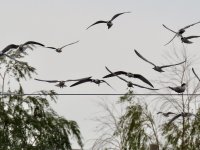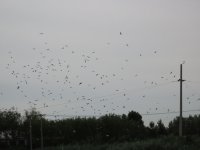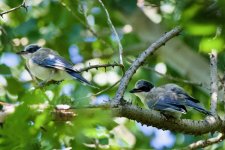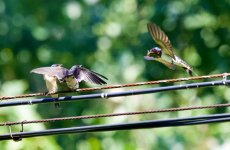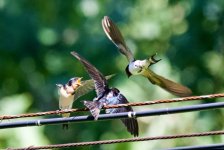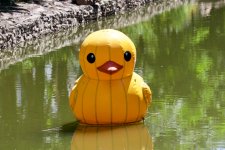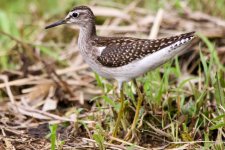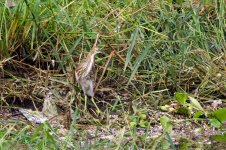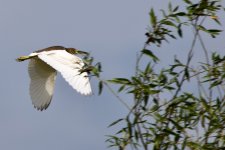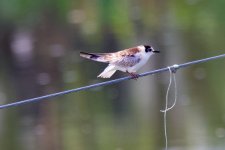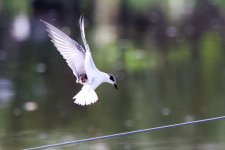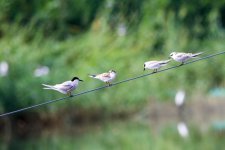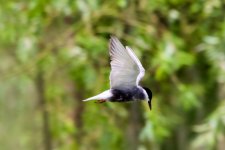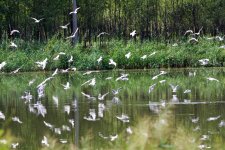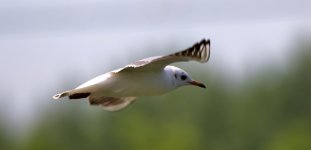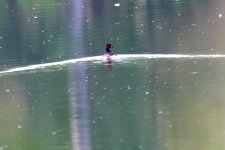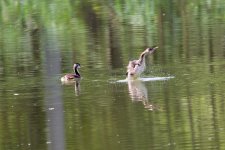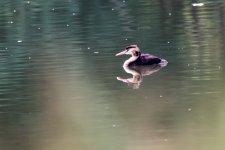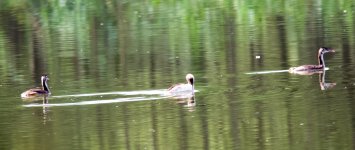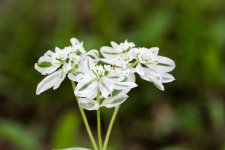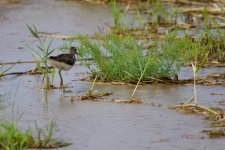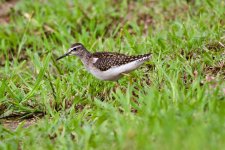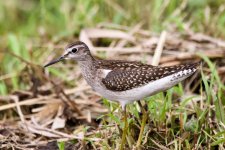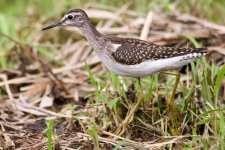August 15 &16, 2020
For the last several weeks birding has been slow in Panjin, both due to the extremely dense foliage this year, which makes actually seeing anything very difficult and miserable conditions in the form of frequent rain and much higher temperatures and humidity than normal.
On the 15th however, for no particular reason, I decided to walk about a kilometer south to the river despite reported 97% humidity and fog in order to get a good walk in before the predicted 34°C predicted for later on. This section of the river was dredged last summer and so had not had the normal activity so far this year. I hit the jackpot this time though as it suddenly went from little activity to bustling with Terns and Gulls.
Due to the fog and the possibility of rain again and the fact things had been so slow recently, I had not taken a camera with me. However I did have my binoculars and though numbers were much lower, I was able to return the next morning with my gear and even though it was still somewhat foggy and numbers were way down from the previous day, I was able to get some shots of most of the same species.
As I walked there were many Barn Swallow zipping past me, kept down at head height or lower by the high humidity and the fog. Azure Winged Magpie and Brown Shrike were found as expected by their nest areas with noisy youngsters begging for their breakfasts. I could hear the Oriental Magpie far overhead at a known nest at the top of a high tension power line tower, which was lost in the fog. A few Chinese Bulbul called out of the fog and one Eurasian Kestrel zigzagged through a stand of trees causing a couple of Hoopoe and three Collared Dove to flush from the ground.
As I followed them towards the river side, I was surprised to find large numbers of both White-Winged Tern and Whiskered Tern circling about the water and perched on the power lines. A handful of Black-Headed Gull also circled about. Far out on the water, only visible in the binoculars through the fog, were what looked to certainly be Grebe, but viewing was just to poor to be certain of species, so though Great Crested were the likely candidates, I couldn't claim them as all I would see was the general Grebe outline. There also was a general duck shape to be seen but also no detail to verify the probable Eastern Spot-Billed Duck.
I ended up spending about 45 minutes trying to make out exactly what I was seeing as the fog faded in and out. In the process I did pick up a couple of rarities in the form of a single Ashy Minivet and a mystery resting out in the middle of the river by itself which my wife actually spotted first. She was calling it a duck, but it obviously was not. I first thought maybe a gull, but it didn't look right for that either. The head appeared to be small for the body and quite rounded in shape with a white face and neck and mottled brownish neck and back. After a short look it took off and quickly disappeared into the fog. Gull like in flight and then appeared quite a bit larger than I had first judged. Digging through my references, I really think it was a Streaked Shearwater. However, given the poor viewing conditions and with not photos and given that it would be unusual, I didn't count it. However, Brazil does include in the notes, ". . . after typhoons; during fog and heavy rain sometimes recorded inland.", which would be good for local conditions. The typhoons and tropical storms usually go up the coast towards Japan, but may have pushed a few vagrants west into the Bohai Gulf.
At that point, it started darkening and anticipating approaching rain, I retreated back home. Pictures are actually from the next morning when numbers were much lower, but most of the same species were still to be found. There was still considerable haze and heavy cloud cover making for dark conditions, but I was able to get basic verification photos before approaching rain once again chased me off. Already raining at sunrise this morning, so had to pass again as temperatures soared as the rain left and it cleared off this afternoon.
Little Grebe (Tachybaptus ruficollis) 1
Eurasian Collared-Dove (Streptopelia decaocto) 3
Black-headed Gull (Chroicocephalus ridibundus) 10
White-winged Tern (Chlidonias leucopterus) 70
Whiskered Tern (Chlidonias hybrida) 25
Eurasian Hoopoe (Upupa epops) 2
Eurasian Kestrel (Falco tinnunculus) 1
Long-tailed Minivet (Pericrocotus ethologus) 1
Brown Shrike (Lanius cristatus) 5
Azure-winged Magpie (Cyanopica cyanus) 15
Oriental Magpie (Pica serica) 3
Barn Swallow (Hirundo rustica) 20
Light-vented Bulbul (Pycnonotus sinensis) 5





